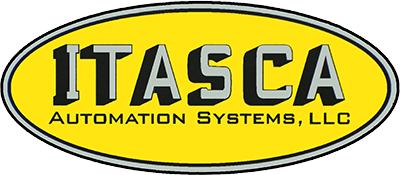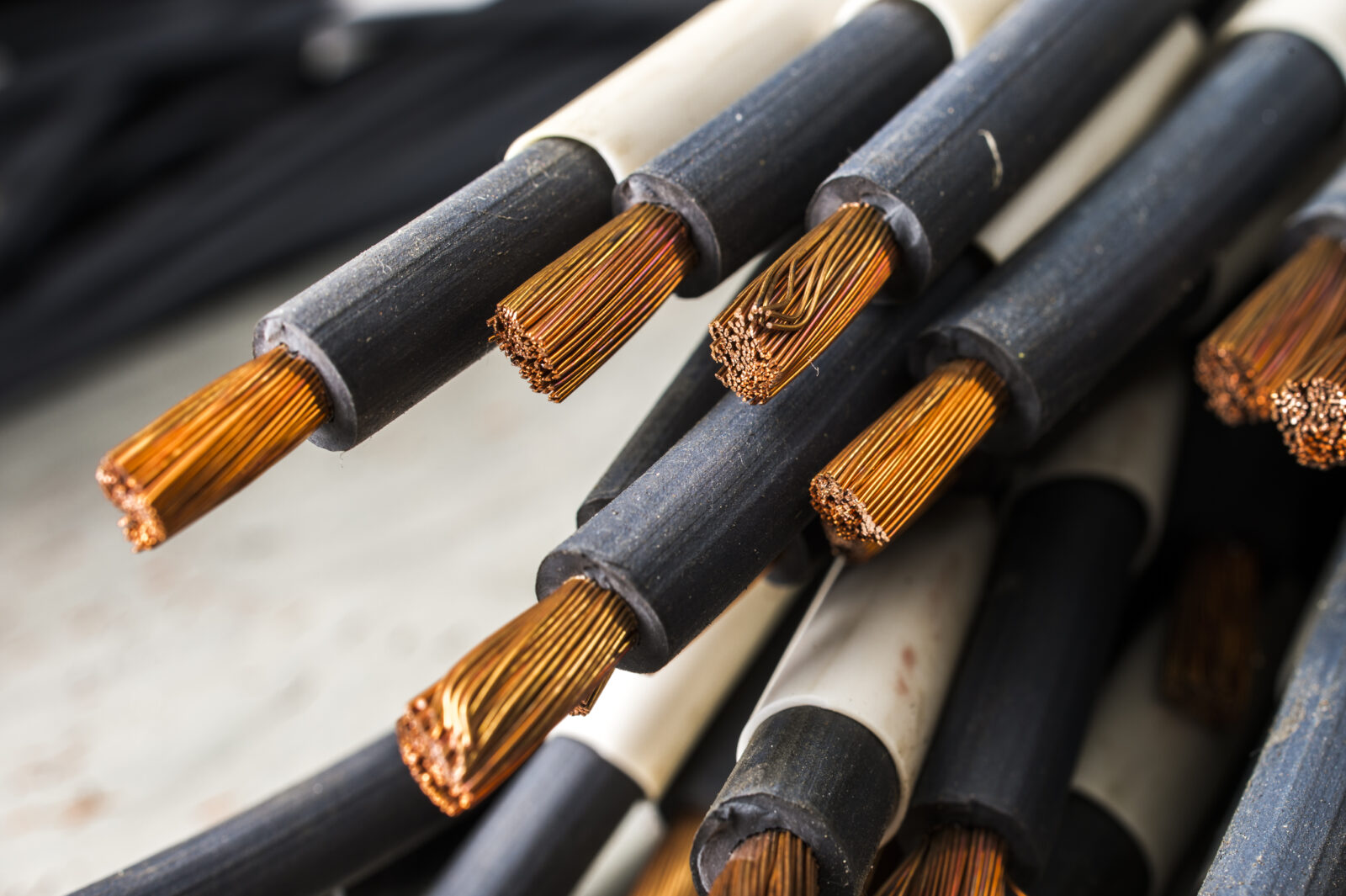Coil winding is a critical process in manufacturing various electrical components, including transformers, inductors, solenoids, and more. This complex process involves wrapping wire around a core to create essential coils for the functioning of many electronic devices. However, like any manufacturing process, coil winding can come with its fair share of challenges and issues that can impact the quality and efficiency of the final product.
Uneven Tension
One of the most common issues in coil winding is uneven tension in the wire. Uneven tension can lead to inconsistencies in the winding pattern, resulting in poor-quality coils that may not function properly. To troubleshoot this issue, manufacturers should ensure that the tensioning device is properly calibrated and functioning. They should also check for any bends or kinks in the wire that may be causing tension variations. Adjusting the tension settings and using quality wire can help address this issue and ensure more uniform winding.
Wire Breakage
Wire breakage is another common issue that can disrupt coil winding operations. This problem can be caused by a variety of factors, including high tension, rough handling of the wire, or defects in the wire itself. To prevent wire breakage, manufacturers should carefully handle the wire, avoid sharp edges or rough surfaces that can cause abrasion, and regularly inspect the wire for any defects. Using a wire guide or tension control device can also help prevent excessive tension that can lead to breakage.
Coil Slippage
Coil slippage can occur when the coils are not tightly wound around the core, leading to gaps or overlaps in the winding pattern. This issue can affect the electrical properties of the coil and impact its performance. To troubleshoot coil slippage, manufacturers should ensure that the winding tension is properly calibrated and that the coils are firmly secured to the core. Using a line-taping machine to apply tape over the coils can help hold them in place and prevent slippage.
Core Misalignment
Core misalignment can occur when the core is not properly centered during the winding process, resulting in off-center coils and may not function as intended. This issue can be caused by improper setup or calibration of the winding machine. To correct core misalignment, manufacturers should carefully align the core with the winding machine and ensure that all components are securely in place. Regular maintenance and calibration of the machine can help prevent this issue from occurring.
Winding Pattern Errors
Winding pattern errors can result in coils that do not meet the required specifications or do not function as intended. These errors can be caused by a variety of factors, including incorrect programming of the winding machine, poor wire tension control, or misalignment of the core. To troubleshoot winding pattern errors, manufacturers should carefully review the machine programming, inspect the wire tensioning system, and ensure all components are properly aligned. Adjusting the machine settings and conducting thorough testing can help identify and correct any errors in the winding pattern.
Insufficient Insulation
Insufficient insulation in the coils can lead to short circuits or other electrical issues that can compromise the coil’s performance. This problem can be caused by gaps in the winding pattern, inadequate insulation material, or improper application of the insulation. To troubleshoot insufficient insulation, manufacturers should carefully inspect the coils for any gaps or defects, use high-quality insulation materials, and ensure that the insulation is applied evenly and securely. Conducting insulation resistance tests can help verify the effectiveness of the insulation and prevent potential issues.
Overheating
Coils can be overheated when the winding process generates excessive heat due to high current flow or insufficient cooling. This can degrade the insulation material and affect the electrical properties of the coil. To prevent overheating, manufacturers should carefully monitor the temperature during the winding process, ensure proper ventilation and cooling of the machine, and use insulation materials that can withstand high temperatures. Adjusting the winding speed or current flow can also help prevent overheating and ensure the quality of the coils.
Contact Us Today!
Troubleshooting coil winding issues requires a thorough understanding of the process and the potential factors that can impact its quality and efficiency. By identifying the root causes of common issues such as uneven tension, wire breakage, coil slippage, core misalignment, winding pattern errors, insufficient insulation, and overheating, manufacturers can implement effective solutions to address these problems and ensure smooth and reliable coil winding operations.
Itasca Automation Systems specializes in designing and manufacturing precision automated machines for the coil winding industry, including line-taping machines, terminal insertion machines, soldering machines, and more. Our engineers use modern 3D CAD tools and a lean modular machine design approach to create customized solutions that meet our customers’ specific needs. With a focus on collaborative, concurrent machinery design, we are committed to delivering high-quality, innovative solutions that optimize the coil winding process and enhance productivity.
If you are facing coil winding issues or looking to improve the efficiency of your coil winding operations, contact Itasca Automation Systems today. Our team of experts can work with you to identify the root causes of any problems you may be experiencing and recommend tailored solutions that meet your requirements. Learn more about our products and services and discover how we can help you navigate the maze of coil winding with confidence.




Comments are closed